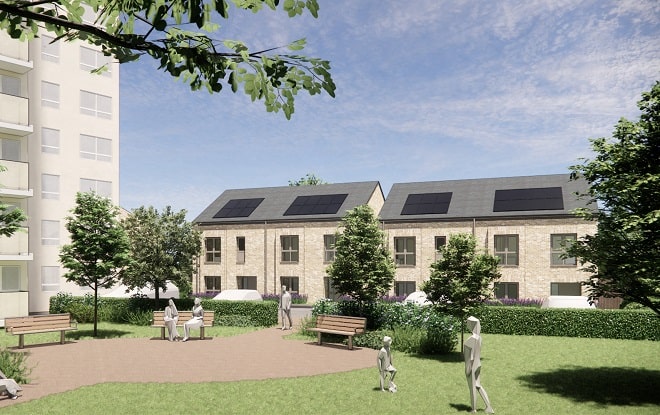
A planning application has been submitted by Thanet council to build 11 social housing homes on land to the rear of Staner Court in Ramsgate.
The proposal is to reconfigure the existing hardstanding, amenity space, garages and parking areas to provide the 9 three-bed and two 4-bed homes – a change from the original plans for two and three-bed properties.
Proposals are also to improve landscaping and create a larger communal garden area for the existing Thanet District Council residents at the site.
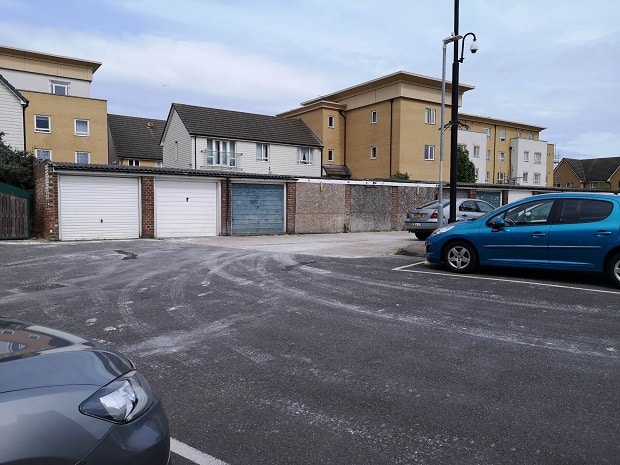
Documents outlining the plans say Thanet council expects the homes to be designed as net zero or nearly net zero, to achieve an air tight, thermally efficient and high performing homes. The design will include technologies to provide low carbon energy, reducing heating and hot water bills for tenants.
The site is currently occupied by 43 parking spaces and 23 garages and a sub-station. The area is not allocated for development in the Thanet Local Plan – a blueprint for isle housing and infrastructure – but is brownfield land.
The current site at Staner Court begun development in 1964 and completed construction in 1965. The towerblock has 89 council flats over 15 storeys on land that was historically farmland and later allotment gardens.
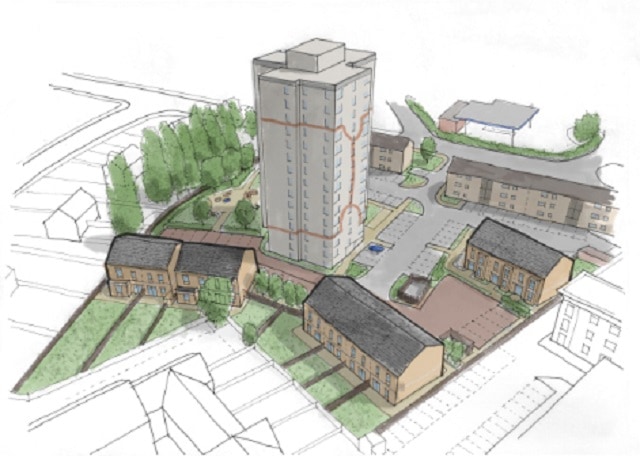
Since then land next to Staner Court has been developed into homes in Meridian Close and further major build projects are taking place on greenfield sites off Manston Road and New Haine Road.
Designers for the 11 council-built homes looked at layout options forming a cul de sac and then turning the homes around for a ‘street’ option
The later design development looked to reduce parking and provide some more landscaping to buffer the proposed housing. A total of 14 new parking spaces are proposed while existing parking provision has been increased based on marked bays, making 50 spaces. Eleven of the proposed spaces will be provided with an EV charging point.
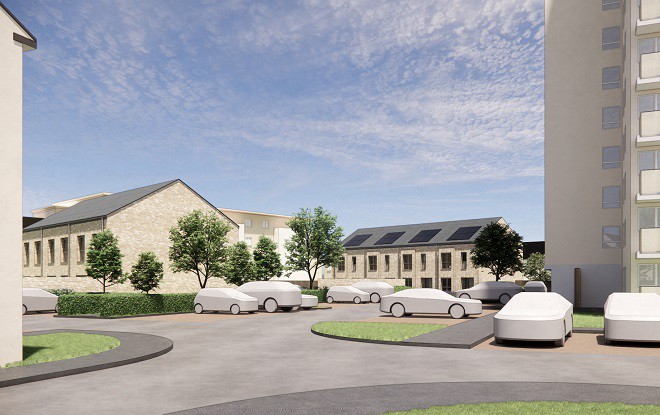
There will be a formal consultation period, normally lasting for 21 days, and the application will be considered by the planning committee.
Assuming the plans are approved the council will then put the project out to tender for a main contractor.
The next phase will be for residents to meet the contractor and put any questions to them.
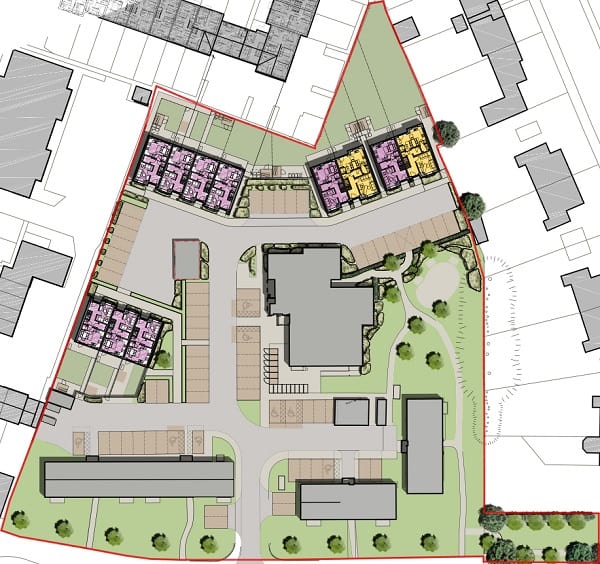
The last phase is construction. This will start with the main contractor taking possession of the site, installing the relevant security measures and carrying out site enabling works before the main construction works begin.
Thanet council says it envisages a 12-18 month build programme.
A preliminary Unexploded Ordnance Risk Assessment has been carried out as records indicate World War Two bombing activity and two Anti-aircraft Artillery sites are both recorded within 2km of the site.
Government funding
Thanet council has been allocated £685,275 of government funding which will be used to support the building of homes on brownfield sites
The funding, through the Department for Levelling Up, Housing and Communities (DLUHC) Brownfield Land Release Fund, will go towards phase four of the council’s programme to with 49 new homes being built. They will form part of the council’s social housing stock and will be rented out to households on the housing register.
Locations have been identified at Tomlin Drive, Dane Valley Road and the former Dane Valley Arms site in Margate, and Staner Court and Clements Road in Ramsgate. All of these are brownfield sites, which means the land has been previously developed. They are all owned by the council, and currently have either disused garages or laundry drying areas on them.
TDC has successfully developed and provided 51 new social housing properties across the district (Phase 1 – 11 units, Phase 2 – 14 units, and Phase 3 – 26 units). Phase 4 marks a turning point, providing a similar quantity of dwellings as Phases 1 through 3, with the target of minimising operational energy demands

